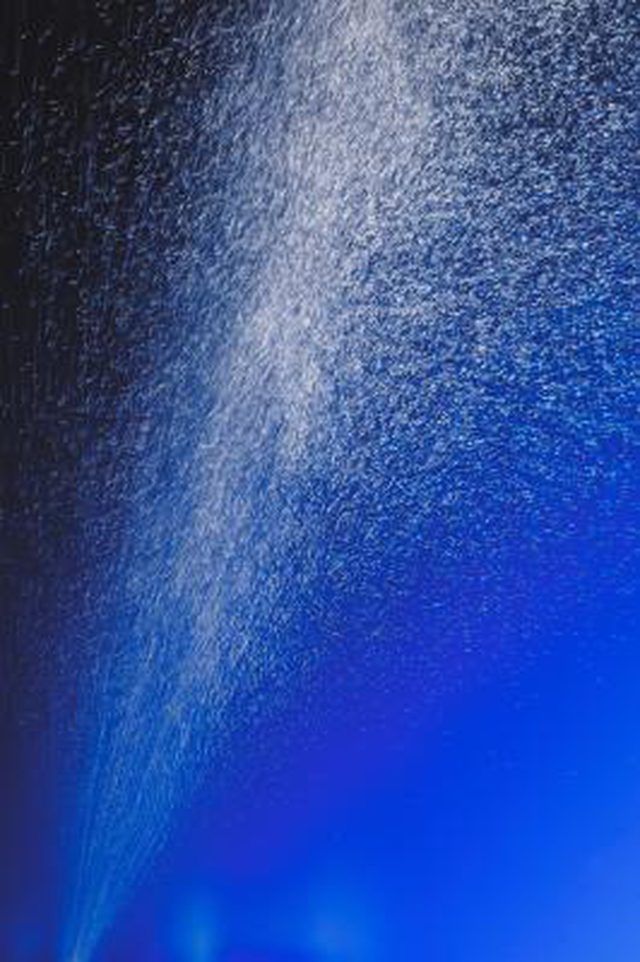Bulbs
Flower Basics
Flower Beds & Specialty Gardens
Flower Garden
Garden Furniture
Garden Gnomes
Garden Seeds
Garden Sheds
Garden Statues
Garden Tools & Supplies
Gardening Basics
Green & Organic
Groundcovers & Vines
Growing Annuals
Growing Basil
Growing Beans
Growing Berries
Growing Blueberries
Growing Cactus
Growing Corn
Growing Cotton
Growing Edibles
Growing Flowers
Growing Garlic
Growing Grapes
Growing Grass
Growing Herbs
Growing Jasmine
Growing Mint
Growing Mushrooms
Orchids
Growing Peanuts
Growing Perennials
Growing Plants
Growing Rosemary
Growing Roses
Growing Strawberries
Growing Sunflowers
Growing Thyme
Growing Tomatoes
Growing Tulips
Growing Vegetables
Herb Basics
Herb Garden
Indoor Growing
Landscaping Basics
Landscaping Patios
Landscaping Plants
Landscaping Shrubs
Landscaping Trees
Landscaping Walks & Pathways
Lawn Basics
Lawn Maintenance
Lawn Mowers
Lawn Ornaments
Lawn Planting
Lawn Tools
Outdoor Growing
Overall Landscape Planning
Pests, Weeds & Problems
Plant Basics
Rock Garden
Rose Garden
Shrubs
Soil
Specialty Gardens
Trees
Vegetable Garden
Yard Maintenance
How to Atomize Water With Pressure
How to Atomize Water With Pressure. There are many practical applications for atomizing water with pressure. These include hydraulic and air atomizing systems. Hydraulic spray systems apply pressurized water to nozzles for many different applications and include evaporative cooling and the spray of pesticides or liquid fertilizers on crops. Air...

There are many practical applications for atomizing water with pressure. These include hydraulic and air atomizing systems. Hydraulic spray systems apply pressurized water to nozzles for many different applications and include evaporative cooling and the spray of pesticides or liquid fertilizers on crops. Air atomizing systems, in contrast, mix air with water to create fine droplets or fogs for humidification and cooling purposes. Each type of spray system has specific nozzles and pressure requirements in order for the atomization to occur properly. Knowing the amount of water delivery that is needed is the first step in designing a water atomizing system.
Things You'll Need
Liquid strainer or filter
Air atomizing nozzle
Air compressor
Pressure regulator with gauge
Spray pipe assembly
Polyetheylene tubing
Pipe hanger or side-mounting assembly
Air filter
Solenoid valve
Switching relay
Humidistat
Sling psychrometer or hand-held humidity tester
How to Make an Air Atomizing System
Determine the amount of water delivery that is needed. For humidification systems, the amount of water delivery is based on the volume of the area of the room or building that is heated by an HVAC system. Calculate the square footage and the ceiling height of all rooms in the building. Tables can be found on the Internet that have this information. For example, a 1,000 cubic foot room requires from 0.5 to 10 gallons per day of water for humidification. There is a large range because the amount needed depends on the tightness of the building's construction.
Select the type of nozzle that fits the needs for water consumption. Manufacturers have nozzles listed either by gallons per day or gallons per hour. Make the conversion to gallons per day if needed. Find the required air pressure and purchase an air compressor that provides both the adequate pressure and volume needed for atomization. Purchase the miscellaneous supplies that are needed to install the nozzles and mount them where needed.
Assemble the atomization system. First assemble the tubing needed for the water side and the water strainer. Install the nozzles into fittings provided in the tubing. Include a ball valve for cutting off the water supply for maintenance purposes. The air line after the compressor includes the following components, in order: air filter, pressure regulator, solenoid, and switching relay. The switching relay is attached to the humidistat, which turns on the system when the humidity is below the desired set point. After the solenoid, a T is installed. On the downside of the T a ball valve is connected for draining and maintenance. On the upper half of the T fitting, the pressure lines connect to the air side of the atomizing nozzles.
Mount the pipe or hose assembly into the area where the atomized water is to be applied. Mounting systems will vary, perhaps including pipe hangers or mounting along a pipe inserted into an air duct. If the system is being mounted onto an air duct, make sure that the insulation is replaced to prevent air leakage.
Install the humidistat and connect the wiring to the air solenoid. Connect the power to the humidistat and turn on the water supply to the nozzles. Check the system for proper operation and cycling. For verification of humidity settings, use a sling psychrometer or a hand-held humidity tester.